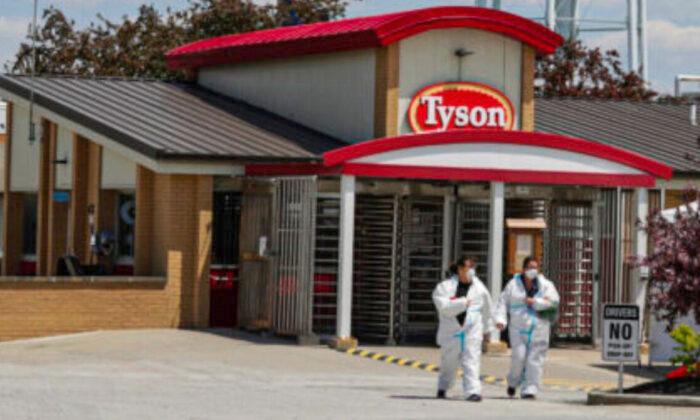On Thursday, April 21, a small plane crashed at a General Mills food processing complex in Covington, Georgia. The plane collided into four trailers in an isolated area several hundred yards from the main plant shortly after taking off from the nearby Covington Airport, killing the pilot and passenger but leaving the General Mills employees unscathed.
Taken in isolation, the incident is unremarkable except for the personal tragedy of the two fatalities involved. However, the incident is eerily similar to a plane crash that happened just days earlier on April 13, when a plane crashed into an Idaho potato and food processing plant.
Some observers have gone further and connected these events with recent anecdotes of fires and other accidents at a multitude of food processing facilities, raising concerns that such accidents could cause major problems for a food industry supply chain already under significant duress.
Anecdotes of such industrial accidents in recent years are easy to find. Last August, a fire broke out at a meat processing facility in Georgia, leaving the plant incapacitated. Two incidents in Oregon have also raised alarm: A boiler explosion at a Shearer’s Foods plant on Feb. 22 and a fire that destroyed the headquarters of organic food distributor Azure Standard on April 19.
The prevalence of these accidents is easy to overstate: Out of over 36,000 food and beverage processing facilities in the United States, such accidents have only occurred in a few dozen in the past year. Fires and machinery malfunctions are common within the industry, and these sporadic accidents mostly only temporarily incapacitate the facilities where they occur.
Even so, some have expressed concern that these accidents will impose a particular burden on the food supply chain at a time when the industry is uniquely vulnerable. Mahesh Veerina, CEO of supply chain technology company ParkourSC, says that the industry has faced unique challenges in the recent past.
“The food and beverage supply chain has seen some unprecedented shocks in recent years that have forced the industry to address some harsh realities,” Veerina told The Epoch Times. “With 1.6 billion tons of food being wasted each year, supply chain resilience, and the ability to anticipate adverse factors, course correct in real-time and recover quickly are now critically important in continuing to meet increasing customer demands for faster delivery and customer satisfaction.”
As the food supply chain reels from the lingering effects of the CCP (Chinese Communist Party) virus lockdowns, these accidents, however anecdotal, are not doing any favors to a system already under duress. Such disasters as fires, explosions, and plane crashes are highly costly and deleterious to the efficiency of the system, raising alarms that any increasing prevalence of these accidents could threaten the domestic food supply and cause avoidable scarcity.






Friends Read Free